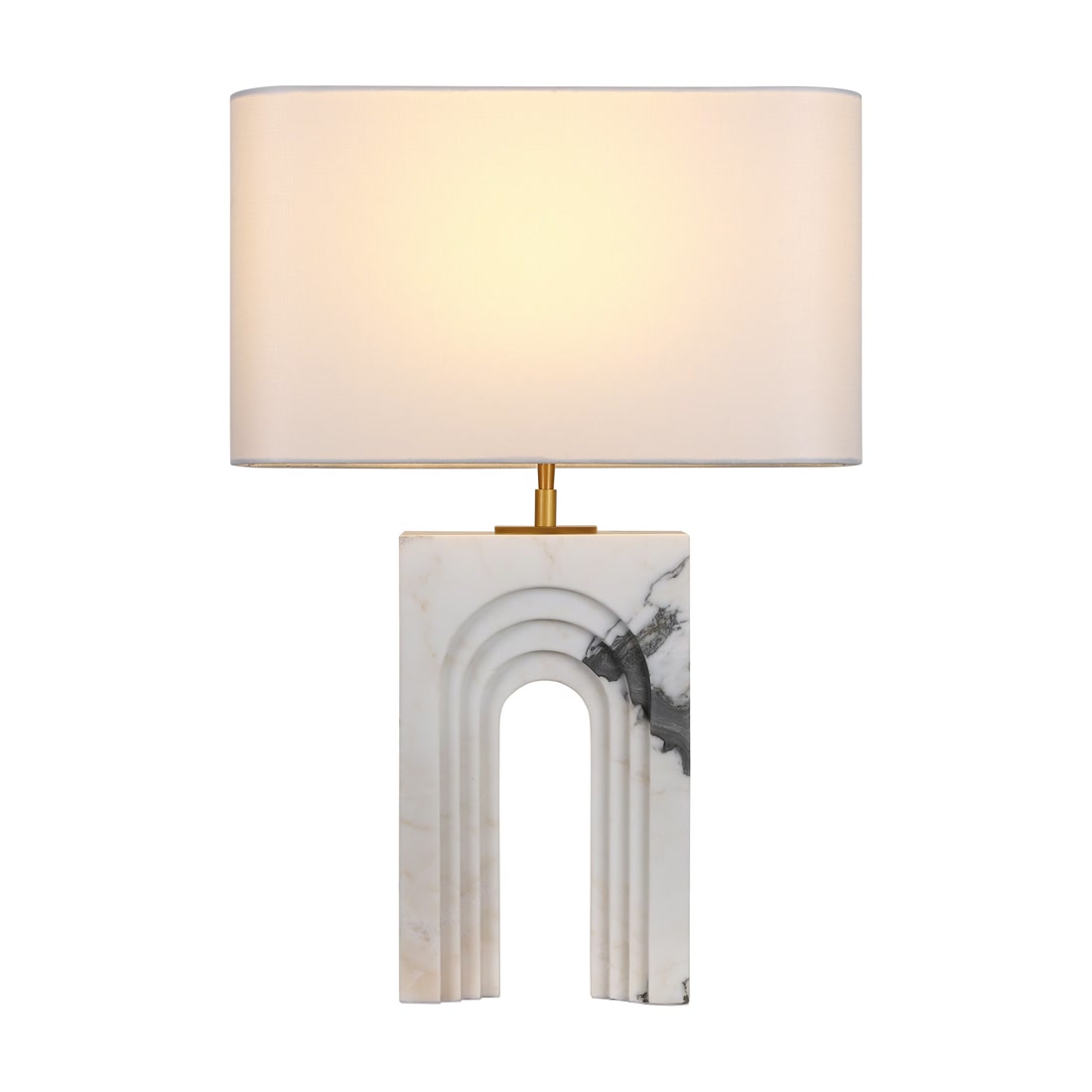Incorporating Historical Design Elements: A Timeless Approach to Modern Interiors
Incorporating Historical Design Elements: A Timeless Approach to Modern Interiors
In the world of interior design, trends come and go, but one enduring style is the practice of incorporating historical design elements. As we navigate the complexities of modern living, designers and homeowners alike have begun to recognize the charm and uniqueness that these historical features bring to contemporary spaces. In this article, we’ll explore the various ways to incorporate historical design elements into your home, the key styles to consider, and how these elements can create a connection to the past while enhancing modern Aesthetics.
Why Incorporate Historical Design Elements?
Incorporating historical design elements is not merely a nostalgic nod to the past; it offers several benefits that enhance the overall quality and appeal of a space. Here are some compelling reasons to consider:
- Character and Uniqueness: Historical elements add character to a home, making it stand out in a sea of modern simplicity.
- Storytelling: Each historical piece has a story to tell, providing depth and context to the overall design.
- Timeless Aesthetic: Historical designs often hold a timeless appeal that can seamlessly blend with contemporary pieces.
- Increased Value: Homes with unique historical features can often command higher market values.
Key Historical Design Styles
Understanding various historical design styles is essential when incorporating them into modern interiors. Here are a few prominent styles to consider:
| Design Style | Characteristics | Modern Application |
| Victorian | Ornate, intricate details; rich colors; plush fabrics. | Pair Victorian furniture with minimalist decor for contrast. |
| Art Deco | Geometric patterns; bold colors; luxurious materials. | Incorporate Art Deco light fixtures to add glamour. |
| Mid-Century Modern | Sleek lines; functionality; vibrant colors. | Mix mid-century pieces with contemporary ones for a balanced look. |
| Colonial | Symmetrical design; classic elements; sturdy construction. | Use colonial-style cabinets in modern kitchens for a timeless feel. |
Ways to Incorporate Historical Design Elements
Now that we’ve explored the benefits and styles, let’s dive into practical ways to incorporate these elements into your home.
1. Architectural Features
One of the most effective methods of incorporating historical design elements is through architectural features. Consider adding arches, crown moldings, or wainscoting to bring a touch of history to your space.  Choose designs that reflect the era you are inspired by and seamlessly blend them with your modern decor.
Choose designs that reflect the era you are inspired by and seamlessly blend them with your modern decor.
2. Historical Furniture
Investing in antique or vintage furniture can also introduce historical design elements into your home. Look for pieces like a Victorian sofa or a colonial dining table. These items not only serve practical purposes but also act as conversation starters and focal points in your design scheme.
3. Color Palettes
Utilizing colors that were prevalent in historical designs can also enhance your space. Rich jewel tones, muted pastels, or earthy hues can be incorporated through paint, wallpaper, or furnishings. When selecting a color palette, consider how these colors can coexist with more contemporary shades to maintain a cohesive look.
4. Textiles and Patterns
Choosing the right textiles is essential in creating a historical ambiance. Fabrics with damask patterns, brocade, or even traditional paisley prints can evoke a sense of history. Use these textiles for curtains, upholstered furniture, or throw pillows.
5. Choosing Accessories Wisely
Accessories play a significant role in incorporating historical design elements. Consider using vintage candelabras, antique Mirrors, or historical art pieces to add character. Accessories should complement the historical elements in your space while adding a modern twist.
Creating a Cohesive Design
When incorporating historical design elements, it is vital to maintain a sense of balance within your space. Here are some tips for achieving a cohesive design:
- Mix Styles: Don’t be afraid to mix historical styles with contemporary pieces. A mid-century modern chair can pair beautifully with a baroque table.
- Consistency is Key: Use similar materials and colors throughout the space to create a harmonious feel.
- Scale and Proportion: Ensure that the size of your historical pieces is proportionate to the space to avoid overwhelming the room.
Challenges to Consider
While incorporating historical design elements can immensely enhance your space, it’s essential to be aware of potential challenges. Historical pieces may require extra care and maintenance, and finding authentic pieces can be time-consuming and costly. Consider also how these pieces will function within your lifestyle—some may not be as practical for everyday use.
Conclusion
Incorporating historical design elements into your home is a beautiful way to create a unique and timeless interior. By blending the character and storytelling of historical pieces with modern Aesthetics, you can craft a space that resonates with both the past and present. Remember, balance and cohesion are critical in bringing your design vision to life. Whether you choose to adorn your walls with architectural details, furnish your space with vintage finds, or layer rich textiles, the possibilities are endless. Go ahead and explore the beauty of history in your own modern interiors, and create a living space that tells your story.
As you embark on this design journey, keep these recommendations in mind:
- Research historical styles that resonate with you.
- Plan your budget accordingly, as unique elements may come at a premium.
- Seek professional advice if needed, especially when it comes to architectural modifications.
With careful thought and creativity, you can successfully incorporate historical design elements into your home, creating a seamless connection between your personal history and your modern lifestyle.
